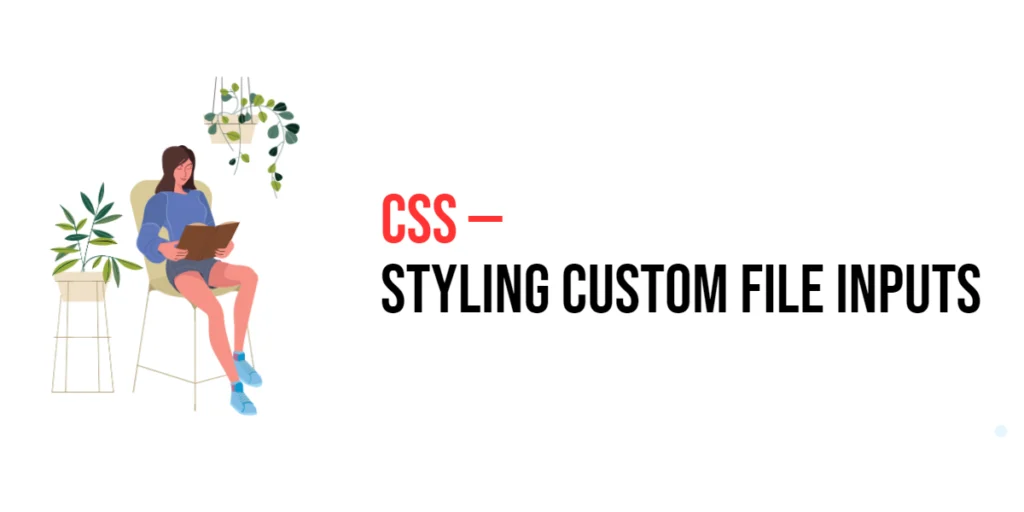Custom file inputs are an essential part of web design, allowing users to upload files in a visually appealing and user-friendly manner. The default file input provided by browsers is often bland and does not match the design aesthetics of modern web applications. By using CSS, we can create custom file inputs that enhance the overall user experience and align with the design language of the website.

with hands-on learning.
get the skills and confidence to land your next move.
Styling file inputs with CSS offers several benefits, including better control over the appearance, improved user interaction, and consistency across different browsers. Custom file inputs can be designed to provide clear visual feedback, making it easier for users to understand and interact with the file upload process. In this article, we will explore how to style custom file inputs using CSS, providing practical examples and best practices for implementation.
Basic HTML Structure for File Inputs
To start creating custom file inputs, we need a basic HTML structure that includes a file input element and a label element that will serve as the custom file input button. This structure provides the foundation for applying CSS to style the file input.
